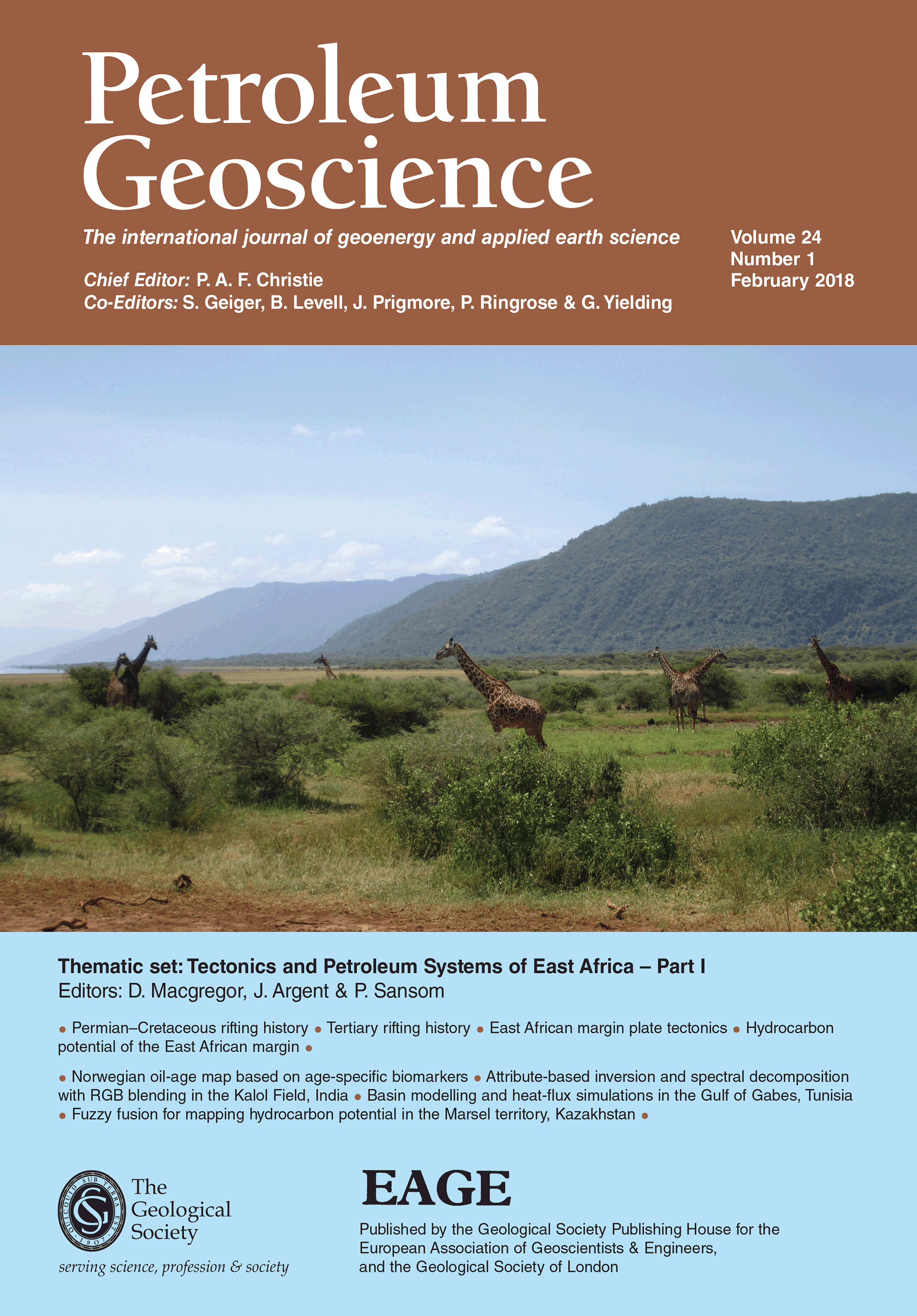
Full text loading...
Norwegian oils are generally considered sourced primarily from the Kimmeridge Clay equivalent shales such as the Draupne, Mandal, Spekk and Hekkingen formations, with secondary contributions from the mid–lower Jurassic, and also from the Triassic in the Barents Sea (Botneheia Formation). Still, as most of our age inferences concerning source-oil correlation are based on facies-specific biomarkers, a number of proposed correlations have been questioned.
Thus, source to oil correlations were frequently made on the basis of facies parameters, and rightfully so, but facies-specific signatures in oils will transgress age – and, in principle, not correlate with the phylogenetic evolution. This means that one could, in principle assign an oil to ‘the wrong’ age – when one is, in fact, linking it to a known source rock signature.
A series of 40 oil samples and core extracts, which cover a wide range both stratigraphically and geographically, have been analysed. In this paper, we present for the first time a Norwegian oil-age map based on age-specific biomarkers among the nordiacholestanes and triaromatic steroids parameters, and delineate also where we find Cretaceous- and Palaeozoic-derived oils. The reasons for this distribution pattern, compared to that of Mesozoic oils on the Norwegian Continental Shelf (NCS), are discussed.

Article metrics loading...

Full text loading...
References


Data & Media loading...

